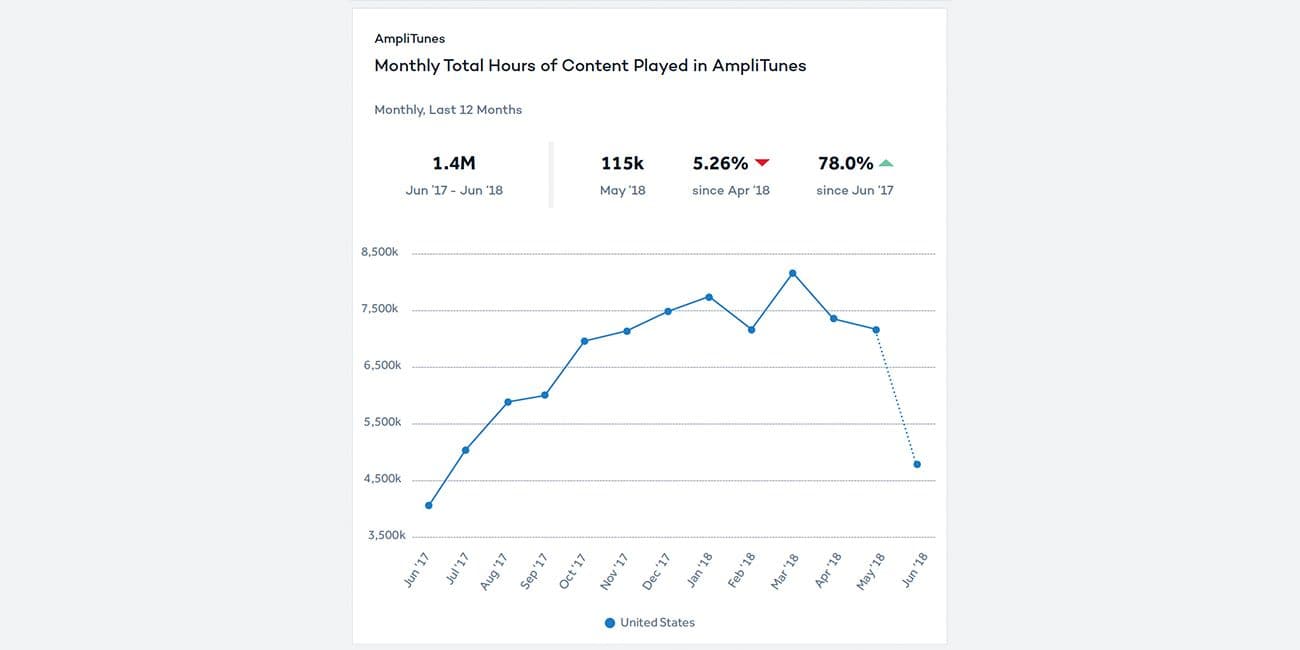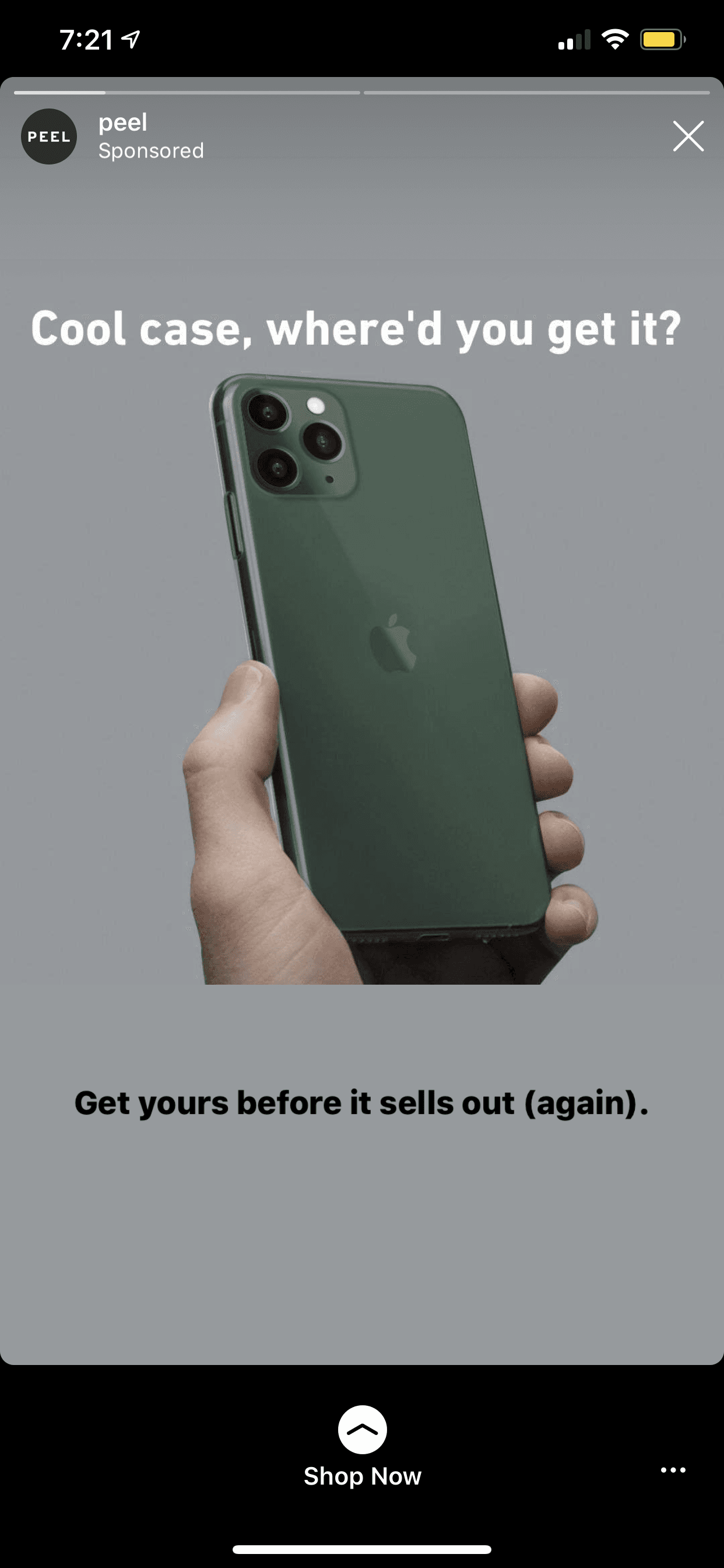The Attention Game: What it is and How to Play it
Increase user engagement by finding ways to keep users in your product longer. Here's how to play the Attention Game.
We researched more than 12,000 digital products and 5 trillion individual user events and came up with three types of user engagement: attention, transaction, and productivity. We call these the “three games of user engagement.” Knowing which game your product is playing will help your team pinpoint which metrics to track and identify new opportunities to boost user engagement.
Knowing which game your product is playing will help your team pinpoint which metrics to track.
For now, we will limit our focus to the first type of user engagement: attention. We will explore what the attention engagement game looks like, which products it works best with, and what it looks like in a real-world context. But, if you’re hungry to go into more depth about the different types of user engagement, we’d encourage you to read our playbook, Mastering Engagement: How to build engaging products that your customers value.
Read our free playbook: Mastering Engagement: How to build engaging products that your customers value
Defining the Attention Game
As the name implies, the Attention Game is about hooking your audience’s attention to maximize the length of time users spend in your product. You might measure that by total hours users spend in your product, or you might track certain in-app events such as scrolling through a newsfeed, uploading new content, or watching X many hours of content on your site.
The Attention Game is about hooking your audience’s attention to maximize the length of time users spend in your product.
If you’re playing the Attention Game, you need to identify a key product metric that tracks the amount of time users spend in your product.

Types of products that play the Attention Game
Products that play the Attention Game are often in the media or gaming industry, or if your product shows ads to users.
Examples of products that play the Attention Game include Instagram, Netflix, and Clash of Clans. While each of these products is vastly different from one another, they all benefit from users spending more time in their product.
An example of the Attention Game
Instagram places ads in between stories—increasing total ad views.

Instagram stories are a good example of the Attention Game at work. Stories offer a constant source of entertainment that keeps users in the app longer by encouraging them to either upload or watch new stories.
Instagram stories offer a constant source of entertainment that keeps users in the app longer by encouraging them to either upload or watch new stories.
By design, the content is always bite-sized and engaging. Stories are short—up to 15 seconds—and are either photos or brief videos. Users are guaranteed to see something new every few seconds; after they watch one story, the next one will automatically show up. And, if a user doesn’t like a story, they can simply tap right to skip to the next one.
Recognizing stories as a good opportunity to capture user attention, Instagram also places ads between stories. While users can easily tap right to navigate from the ad to the next story, it still places ads in front of a captive audience—even if only for a moment.
Your engagement game points to your product’s North Star
The engagement game your product is playing reveals a lot about your product’s value to customers and how to track product success.
In the case of products that play the Attention Game, users often gain value in the form of entertainment, information, and self-expression. In return, users give value to companies by consuming ads, subscribing, or uploading new content.
Once you know the value of your product, you can move onto the next step: identifying your North Star. Your North Star is your product’s primary success metric and will be influenced by a number of inputs, such as monthly active users or your 90-day retention rate. For an in-depth look at how to use engagement metrics to understand the big picture of your product’s health, download our free playbook, Mastering Engagement: How to build engaging products that your customers value.
Once you know the value of your product, you can move onto the next step: identifying your North Star.

Victoria Rainbolt
Former Content Project Manager, Amplitude
Victoria is a former project manager on Amplitude's marketing team and is passionate about problem solving and cross-functional collaboration. When not contributing to projects, Victoria directs an elite women's cycling team and competes in ultra-endurance cycling events.
More from Victoria




